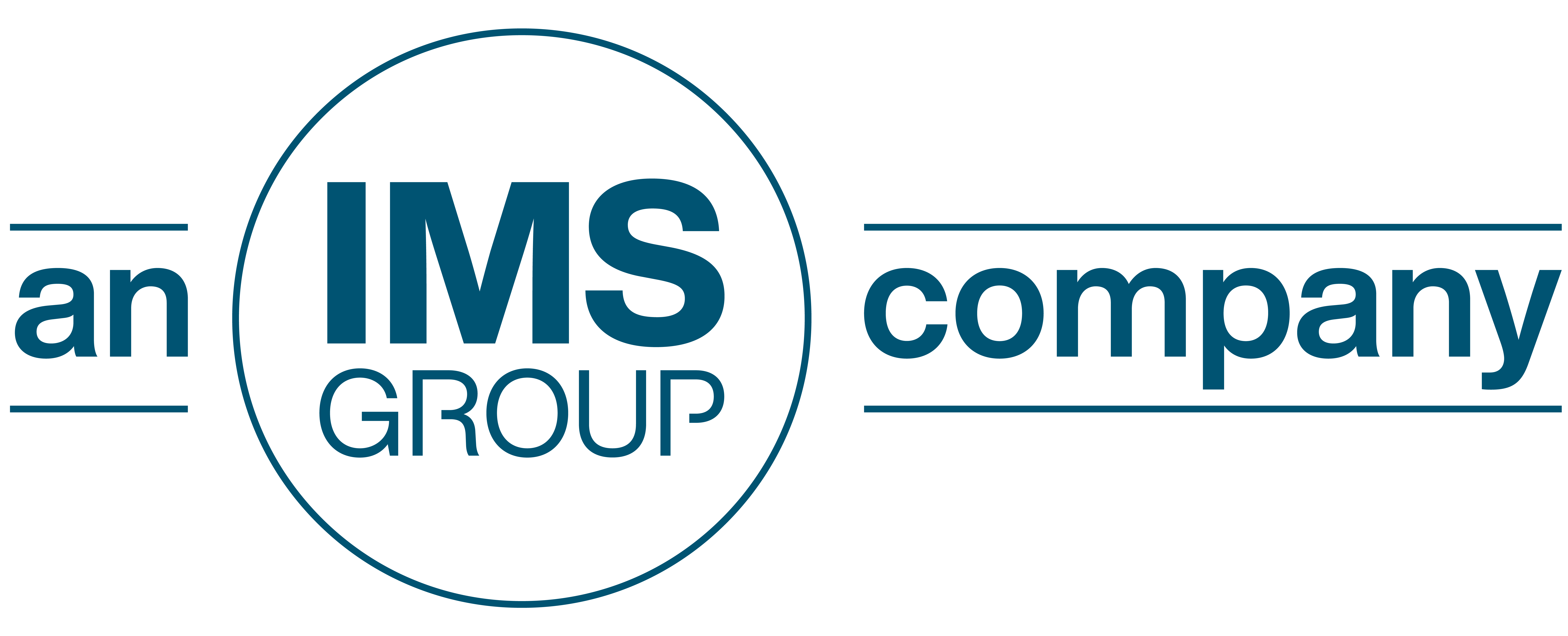JOWA - MetriGuard Alarm System
Two high level alarms one fixed at 0.5 meters, the other adjustable between 0.5 to 2.5 meters
Alarms can be disabled with 'Override' switch. Indicator shows that the cargo hold or tank is in 'override' mode
Used with holds and tanks up to 35 meters high
Sensor fault will also set off alarm
Common buzzer, acknowledge (buzzer silence) switch and test switch
Provision for operation from backup (secondary) power source; includes automatic switchover
Provides standard common relay outputs for HLA and HHLA alarms and Fault / Loss-of-Power
Show detailed description
Protected from damage in a stillpipe that runs from the weather deck down to the inner bottom of the hold, the Metritape sensor allows two alarm set points to be derived from one sensor. Metrimeters can be added to MetriGuard, which makes it possible to monitor water levels and allow for additional alarm points. With approved intrinsic safety barriers, MetriGuard may be operated in hazardous areas.
The major elements of the MetriGuard Water Ingress Alarm System are:
1. Metritape resistance-tape sensor and sensor housing
2. Float switch and junction box
3. Signal Conditioning Unit with intrinsic safety barriers
4. Alarm unit
Figure 1 shows a block diagram of a typical system. The primary sensor used in the cargo holds and ballast tanks is the Metritape type LA series water sensor. This continuous sensor allows two alarm setpoints to be derived from one sensor. The sensor mounts in a customer stillpipe which protects the sensor from the cargo. A sensor housing bolts to a pipe flange on top end of the stillpipe allowing the sensor to be easily installed (or removed) from the deck. In addition, all electrical connections are made in the sensor housing.

In other spaces where there is never any cargo or ballast, a simple float switch that does not need a high degree of physical protection may be supplied. The float switch cable must be terminated in a small junction box suitable for the deck cable.
All deck cables will be brought to a Signal Conditioning Unit that will contain any required intrinsic safety barriers. This enclosure must be mounted in a non-hazardous protected area but it does not have to be mounted on the bridge or in any area that requires frequent access.

Figure 2 shows the layout of a typical water ingress alarm unit. The alarm unit has all indicators, switches, relays and power supplies. It will accommodate a maximum of 16 total spaces (cargo holds, forward ballast tanks and other spaces) and will provide two high level alarms per space. The front panel has a common buzzer, an acknowledge (buzzer silence) switch and a test switch. Associated with each space will be three light emitting diode (LED) indicators: High Level Alarm (HLA), High-High Level Alarm (HHLA) and Override. Three switches are provided to enable or disable (Override) any alarms in each space (that may be used to carry ballast) when that space is carrying ballast.
The resistance-tape sensor may be operated in hazardous classified areas when used with approved intrinsic safety barriers. In addition, the sensor can easily be installed in stillpipes that have slight curves and slopes but some restrictions apply.
A sensor or cable open circuit will cause a fault indication – both HLA and HHLA LED’s will flash. When acknowledged, only the HHLA LED will illuminate. Any sensor or cable short circuit will actuate both alarms.
Product Inquiry







